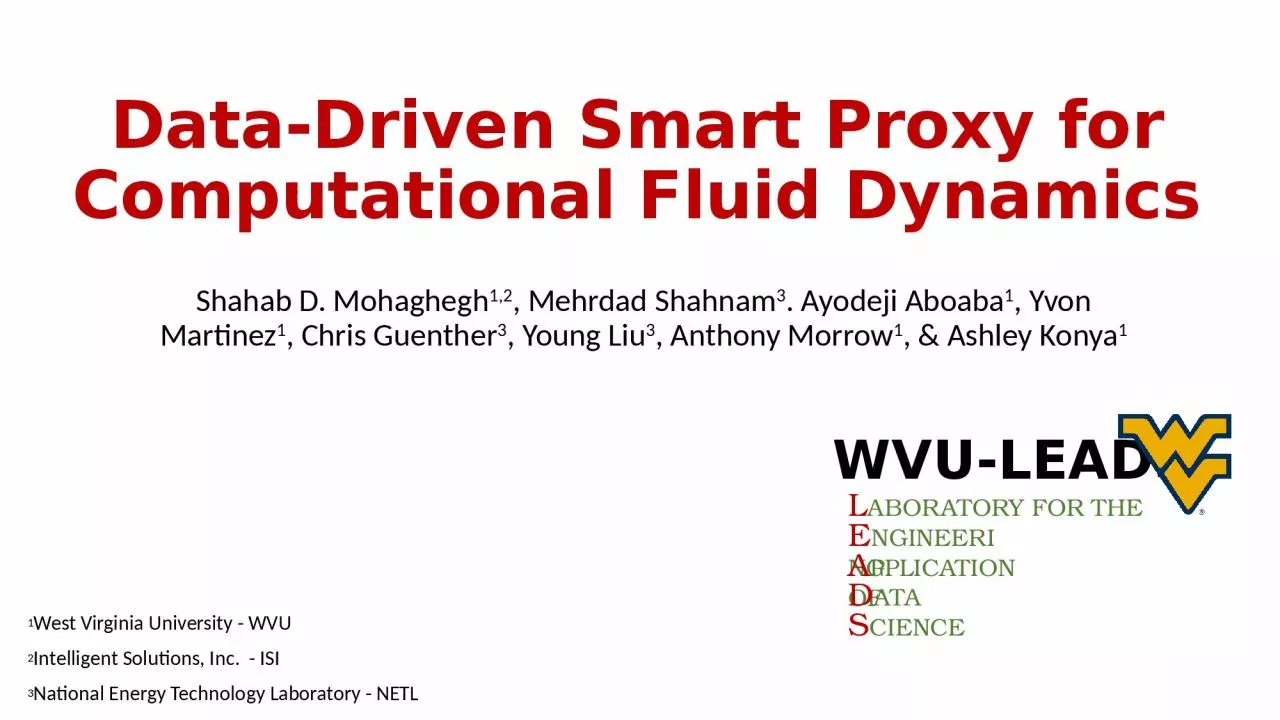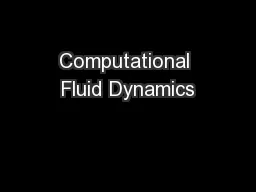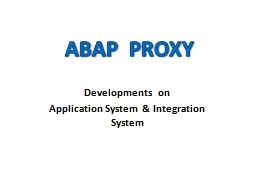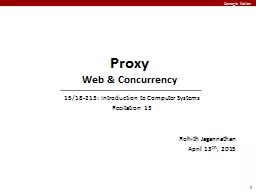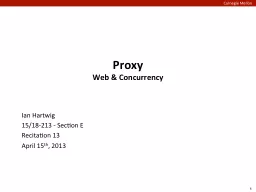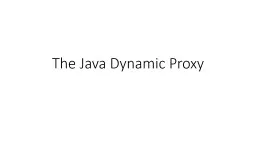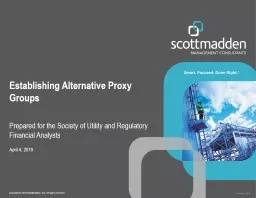PPT-Data-Driven Smart Proxy for Computational Fluid Dynamics
Author : deena | Published Date : 2024-01-13
Shahab D Mohaghegh 12 Mehrdad Shahnam 3 Ayodeji Aboaba 1 Yvon Martinez 1 Chris Guenther 3 Young Liu 3 Anthony Morrow 1 amp Ashley Konya 1 1 West Virginia
Presentation Embed Code
Download Presentation
Download Presentation The PPT/PDF document "Data-Driven Smart Proxy for Computationa..." is the property of its rightful owner. Permission is granted to download and print the materials on this website for personal, non-commercial use only, and to display it on your personal computer provided you do not modify the materials and that you retain all copyright notices contained in the materials. By downloading content from our website, you accept the terms of this agreement.
Data-Driven Smart Proxy for Computational Fluid Dynamics: Transcript
Download Rules Of Document
"Data-Driven Smart Proxy for Computational Fluid Dynamics"The content belongs to its owner. You may download and print it for personal use, without modification, and keep all copyright notices. By downloading, you agree to these terms.
Related Documents

